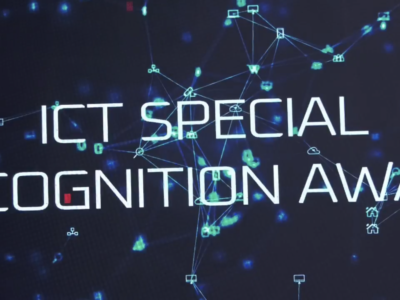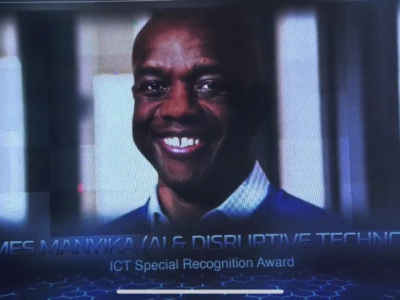One tech expert once said the most secure way to keep your data hacker proof and secure is by simply not keeping any data at all.
With today’s hyper-connected world, the notion of absolute security in technology has perpetually been challenged. Cybercriminals are growing more sophisticated, and new threats emerge at an alarming rate, often outpacing the development of protective measures.
For individuals and businesses alike, staying informed and adopting innovative security practices is no longer optional, it is essential.
By Gamuchirai Mapako
The idea of “perfect security” is a myth. No system is entirely immune to breaches, and as technology advances, so do the methods of those seeking to exploit it. From ransomware attacks to phishing scams, the digital threat landscape is constantly evolving. According to a recent report by Cybersecurity Ventures, global cybercrime damages are expected to reach $10.5 trillion annually by 2025, underscoring the urgency for robust cybersecurity measures.
One of the most effective ways to combat cyber threats is to stay informed. Cybersecurity experts recommend while doing so, one should be following trusted sources, such as the Cybersecurity and Infrastructure Security Agency (CISA), the National Cyber Security Centre (NCSC), and industry leaders like Microsoft, Cisco, and Palo Alto Networks. Signing up for threat alerts from cybersecurity firms and government agencies can provide real-time information about new vulnerabilities and attacks.
For businesses, ongoing employee training is critical. Phishing simulations, cybersecurity workshops, and awareness programs can help reduce human error, which is often the weakest link in security. Tools like IBM X-Force, CrowdStrike, FireEye and several others, offer threat intelligence services that provide insights into emerging threats, enabling organizations to proactively defend against attacks. Additionally, participating in forums, webinars, and conferences hosted by communities like ManageEngine and local cybersecurity groups like Axis Solutions can be invaluable for exchanging knowledge and staying ahead of threats.
Recent reports indicate a sharp increase in cyberattacks targeting financial and government institutions. High-profile breaches, such as the Colonial Pipeline ransomware attack and the SolarWinds supply chain compromise, have underscored the vulnerability of critical infrastructure and the need for robust defenses. To combat these threats, institutions should implement a multi-layered approach to data protection.
Adopting advanced cybersecurity frameworks, such as the National Institute of Standards and Technology (NIST) guidelines and ISO 27001 standards, provides a structured approach to identifying vulnerabilities, managing risks, and ensuring compliance with regulatory requirements. Encryption has also become a cornerstone of data protection, with companies and individuals encrypting sensitive data both at rest and in transit using strong protocols like Advanced Encryption Standard (AES-256). End-to-end encryption is being employed to secure communications, ensuring that even if data is intercepted, it remains unreadable to unauthorized parties.
Multi-factor authentication (MFA) is another critical tool in the cybersecurity arsenal. By requiring users to verify their identity through multiple methods—such as passwords, biometrics, or one-time codes—organizations significantly reduce the risk of unauthorized access. This is particularly important for protecting high-value systems and sensitive information.
Instead of focusing on radically criticising artificial intelligence, people should be leveraging the technology for threat detection.
Artificial intelligence (AI) and machine learning (ML) are playing an increasingly important role in cybersecurity.
These technologies are being used to detect anomalies in network traffic, identify potential threats in real-time, and automate responses to mitigate risks. Security Information and Event Management (SIEM) systems are also being deployed to monitor and analyze security events, providing institutions with a comprehensive view of their cybersecurity posture.
Collaboration and compliance is also instrumental within the IT industry, Sharing threat intelligence and participating in industry-wide initiatives can help organizations stay ahead of emerging threats. Compliance with regulations such as the General Data Protection Regulation (GDPR) and the Payment Card Industry Data Security Standard (PCI-DSS) is also being prioritized to avoid legal penalties and maintain public trust.
By taking a proactive approach, organizations are not only safeguarding their data but also reinforcing their commitment to security and trust in an increasingly digital world.
In the words of cybersecurity expert Bruce Schneier,
“Security is a process, not a product.”
Staying vigilant and adaptable is the key to navigating the ever-changing landscape of cyber threats.













Comments